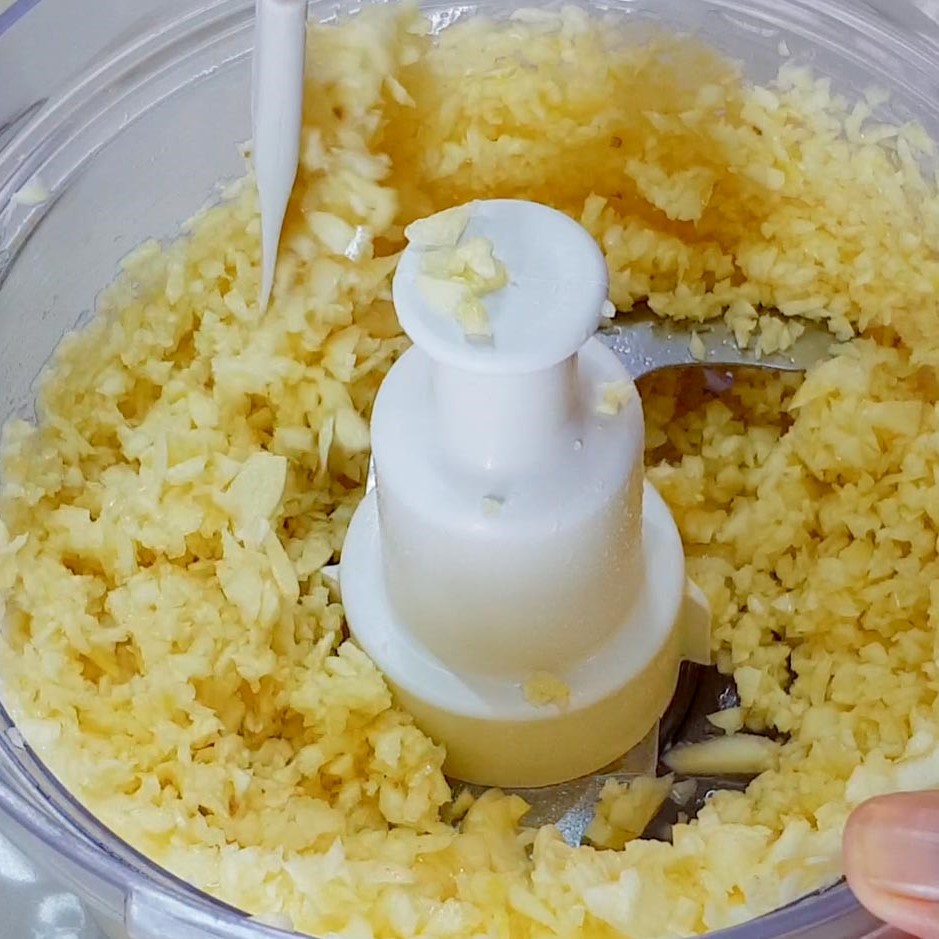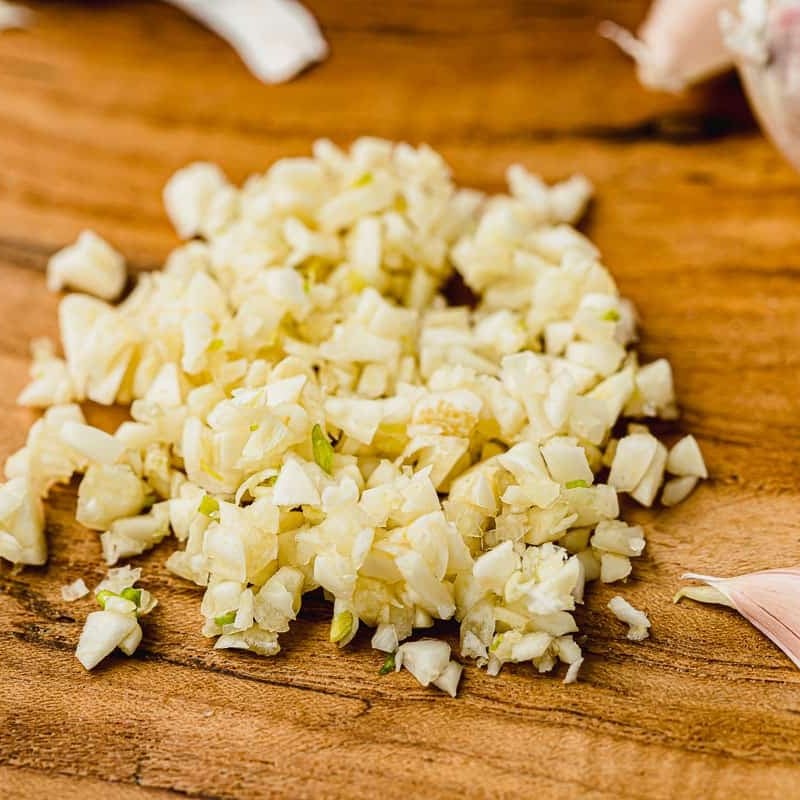
Garlic is one of the most popular ingredients in cooking, known for its robust flavor and numerous health benefits. While traditional methods of preparing garlic—such as chopping or mincing by hand—are commonplace, many home cooks are turning to food processors to make the task easier and more efficient. This leads us to a crucial question: can you mince garlic in a food processor? The answer is a resounding yes, and in this article, we’ll explore the ins and outs of using a food processor to minced garlic, the benefits and drawbacks, tips for getting the best results, and much more.
Understanding the Basics of Mincing Garlic
Before diving into the practical aspects of using a food processor, it’s essential first to understand what mincing is. Mincing involves cutting food into very small pieces, typically smaller than diced items but bigger than pureed forms. This technique allows the flavors of the garlic to distribute evenly throughout dishes, enhancing the overall taste.
Why Mince Garlic?
Minced garlic releases more of its natural oils and juices compared to whole cloves or larger pieces. This results in stronger flavor penetration, which is especially important in dishes that require a more pronounced garlic taste, such as marinades, sauces, and dressings. The finer the mince, the more quickly the flavors can meld with other ingredients.
Traditional Methods of Mincing Garlic
Traditionally, garlic can be minced using a knife or a garlic press. The knife method involves peeling the cloves, removing the tough root end, and then finely chopping the garlic until you reach the desired consistency. The garlic press offers a more straightforward approach, where you crush the cloves, resulting in a fine garlic paste.
However, both of these methods can be time-consuming and labor-intensive, especially when preparing large quantities. This is where the food processor can be a game changer.
How to Mince Garlic in a Food Processor
Now that we’ve established the importance of mincing garlic, let’s delve into how to do it effectively using a food processor. Here’s a step-by-step guide:
Step 1: Preparation
Before using your food processor, gather the following items:
- Fresh garlic cloves
- A food processor
- A sharp knife
- A cutting board
Step 2: Peeling the Garlic
Start by peeling the garlic cloves. If you have a whole head of garlic, separate the cloves and remove the outer skin. You can do this easily by applying a bit of pressure with the flat side of your knife on the clove, which should loosen the skin.
Step 3: Trimming the Cloves
Once peeled, trim the root end off each clove, as this part is tougher and less palatable. You can also chop the cloves in half if they’re particularly large, which will help them blend more evenly in the food processor.
Step 4: Adding Cloves to the Food Processor
Place the peeled and trimmed garlic cloves into the food processor bowl. Depending on the size of your food processor, you may want to mince in batches. Generally, using around 4-6 cloves at a time is sufficient.
Step 5: Processing the Garlic
Secure the lid on the food processor and pulse the garlic cloves. Start with short pulses; this allows you to control the consistency better than running the processor continuously. Stop every few pulses to scrape down the sides of the bowl with a spatula; this ensures that all pieces are minced evenly.
Step 6: Evaluating Consistency
Continue pulsing until the garlic reaches your desired mince consistency. Typically, this takes about 10 to 15 seconds of total processing time, depending on the quantity and size of the cloves.
Step 7: Cleaning Up
Once done, carefully remove the minced garlic from the bowl. Be sure to clean the food processor immediately to prevent any lingering garlic smells.
Benefits of Using a Food Processor to Mince Garlic
Using a food processor to mince garlic has several distinct advantages:
Speed and Efficiency
One of the most significant benefits of using a food processor is speed. The process of mincing garlic by hand can be tedious, especially when you have multiple cloves to prepare. A food processor can mince several cloves in a matter of seconds, making it practical for high-volume cooking.
Consistency
A food processor creates a consistent mince, which is challenging to achieve by hand. Inconsistent mincing can lead to uneven flavor distribution in your dish, so using a food processor can help solve this issue.
Time-Saving
When prepping meals, time is often of the essence. The convenience of using a food processor means less time spent on manual labor, allowing you to focus on other elements of the cooking process.
Versatility
Many food processors come with different attachments and blades, allowing you to experiment with various cuts of garlic for your meals. You can choose to refine your garlic to a finer mince or even puree it, depending on your recipe requirements.
Drawbacks of Using a Food Processor for Garlic
While there are many benefits to using a food processor, there are also some drawbacks to consider:
Texture and Flavor
Some culinary purists argue that using a food processor can disrupt the natural flavors of garlic. Over-processing can lead to a paste-like consistency, which might not suit all dishes. Hand-mincing or using a garlic press can yield different textures that may enhance certain recipes.
Cleanup
A food processor can be more cumbersome to clean than a simple knife or garlic press. After using it, you have to clean the bowl, blade, and lid thoroughly, which might be a deterrent for some cooks.
Noise Level
Food processors can be noisy, which might irritate some people in a quiet kitchen environment. If you’re cooking in a shared space, this could be a minor issue.
Tips for Achieving the Perfect Minced Garlic
To ensure you get the best results when mincing garlic in a food processor, consider the following tips:
Use Fresh Garlic
Always opt for fresh garlic cloves rather than pre-minced or jarred varieties. Fresh garlic has a stronger flavor and retains more of its health benefits.
Avoid Over-Processing
Be mindful of how long you process the garlic. Over-processing can lead to a pasty texture that might not be ideal for your recipe. Start with short pulses and check the consistency often.
Scrape Down the Sides
Don’t forget to scrape down the sides of the bowl while processing. This step ensures even consistency and prevents larger pieces from escaping the mincing action.
Experiment with Quantities
Feel free to experiment with different quantities based on your recipes. You can mince larger amounts ahead of time and store them in the fridge for use in multiple dishes throughout the week.
Storing Minced Garlic
Once you’ve minced garlic in your food processor, you may not use it all at once. Here are some storage tips to keep it fresh:
Refrigeration
Store minced garlic in an airtight container in the refrigerator. This is the best option for short-term use. It should stay fresh for about a week.
Freezing
For longer storage, consider freezing your minced garlic. You can freeze it in ice cube trays, allowing you to pop out individual portions as needed. Just remember to transfer the frozen cubes to a freezer-safe container for optimal storage.
Avoiding Bacterial Growth
Minced garlic can pose a risk for botulism if stored improperly. Ensure that your storage container is clean and that the minced garlic does not sit in oil for extended periods unless properly labeled and handled.
 Conclusion
Conclusion
So, can you mince garlic in a food processor? Absolutely! Using a food processor to mince garlic can be faster and more efficient than traditional methods. While there are pros and cons to consider, the convenience and consistency provided by a food processor make it a fantastic tool for both amateur and professional cooks. By following our step-by-step guide and utilizing some helpful tips, you can easily integrate minced garlic into your cooking repertoire, enhancing the flavor of countless dishes.
In conclusion, whether you’re preparing a rustic garlic bread, a savory pasta dish, or a hearty sauce, knowing how to effectively mince garlic can elevate your culinary creations. Happy cooking!







